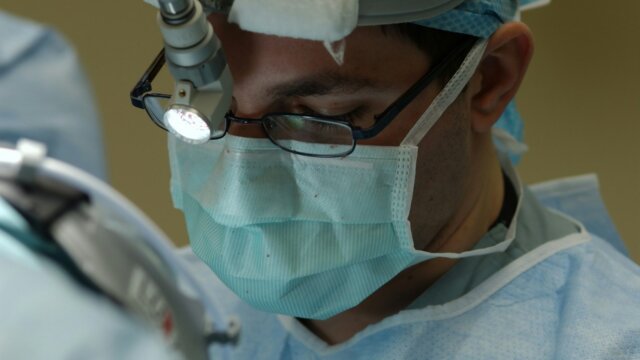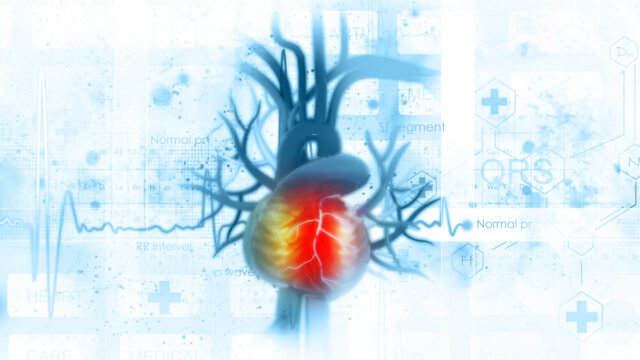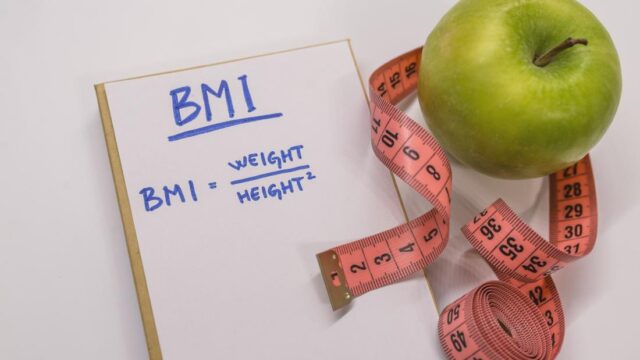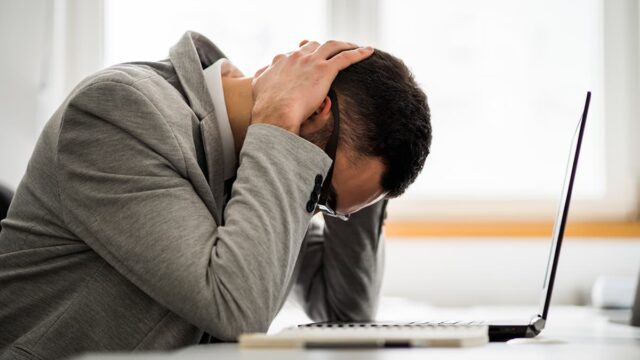FTC disclaimer: This post may contains affiliate links and we will be compensated if you click on a link and make a purchase.
Vestibular migraine is a type of migraine that involves the vestibular system, which controls balance and eye movement.
The vestibular system is located in the inner ear, and when it is affected by vestibular migraine, people may experience vertigo, dizziness, and other symptoms.
Vestibular migraine is often misdiagnosed because its symptoms are similar to other conditions, such as Meniere’s disease and labyrinthitis.
What is Vestibular Migraine?

Vestibular migraine (VM) is a type of migraine that involves the vestibular system, which is responsible for balance and eye movement.
People with VM often experience vertigo, a false sense of movement, and other vestibular symptoms. VM can be a debilitating condition that can significantly impact a person’s quality of life.
The exact cause of VM is unknown, but it is thought to be related to a combination of genetic and environmental factors.
A number of research studies have been conducted on VM in recent years, and more are underway. These studies are helping to improve our understanding of the disorder and develop new and better treatments.
Migraine is a common condition, affecting about 12% of the population. It is more common in women than men and usually starts during adolescence or young adulthood.
VM is less common than other types of migraine, but its prevalence is thought to be increasing.
There is no cure for VM, but there are treatments that can help to manage the symptoms. These include vestibular rehabilitation, medications, and lifestyle changes.
Vestibular rehabilitation is a type of therapy that can help to retrain the brain to compensate for vestibular dysfunction.
Medications commonly used to treat VM include beta-blockers, anti-inflammatory drugs, and anti-nausea medications. Lifestyle changes that can help to manage VM include avoiding triggers, managing stress, and getting enough sleep.
If you think you may have VM, it is important to see a doctor for an accurate diagnosis. VM can be difficult to diagnose because its symptoms can mimic other conditions.
A diagnosis of VM is typically made after other potential causes of the symptoms have been ruled out.
If you have VM, some treatments can help to improve your symptoms and quality of life. Most people with VM can live normal, active lives with proper treatment.
Also read: Ocular Migraine Causes, Symptoms, Diagnosis, Treatment
What causes vestibular migraine?
Vestibular migraine is a type of migraine that affects the vestibular system. The vestibular system is responsible for our sense of balance and movement. Vestibular migraine can cause dizziness, vertigo, and other balance problems.
The exact cause of vestibular migraine is unknown. However, it is thought to be related to changes in the brainstem and the trigeminal nerve. These changes may be due to a combination of genetic and environmental factors.
Vestibular migraine is more common in women than in men. It is also more common in people with a migraine family history. Vestibular migraine is often triggered by specific activities or conditions, such as:
- Bright lights
- Loud noises
- Strong smells
- Stress
- Changes in sleep or wakefulness
If you experience any of these triggers, you must see your doctor. They can help you manage your vestibular migraine and ensure it doesn’t interfere with your everyday life.
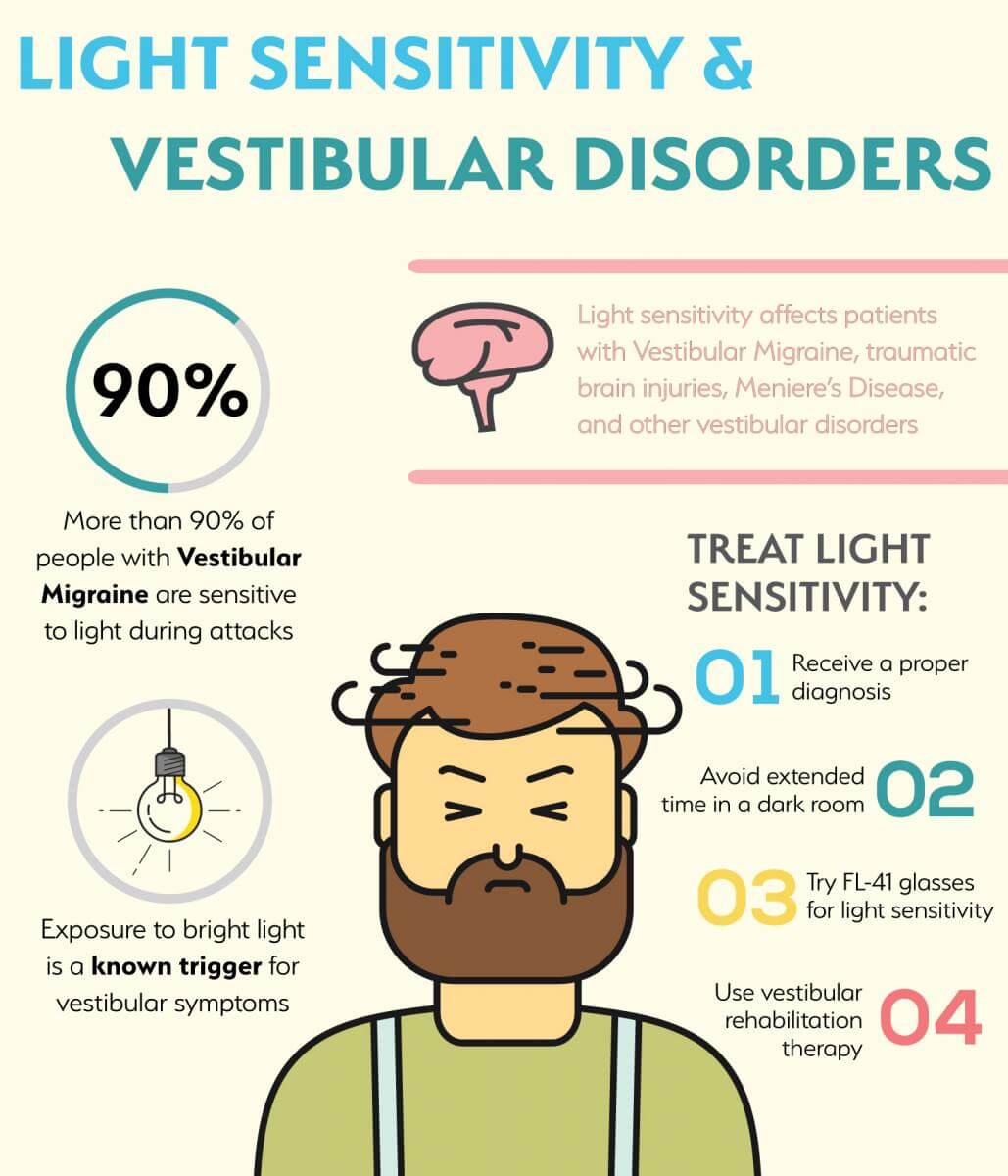
What are Vestibular Migraine Symptoms?
Vestibular migraine is a type of headache that is associated with dizziness and vertigo. It is relatively common, affecting about 1 in every 1000 people.
The most common symptom of vestibular migraine is dizziness, which can be accompanied by nausea and vomiting.
The dizziness is often described as “spinning” or “swaying” and can last minutes to hours. In some cases, the dizziness can be so severe that it results in vomiting and needing to lie down.
Other symptoms of vestibular migraine include:
- Vertigo (a sensation of spinning or whirling)
- Nausea and vomiting
- Loss of balance
- Difficulty walking
- Abnormal eye movements
The vestibular migraine symptoms can vary from person to person and range from mild to severe. In some cases, the symptoms may only occur on one side of the head.
If you think you may be experiencing vestibular migraine, talk to your doctor.
How is vestibular migraine diagnosed?
Vestibular migraine is a type of migraine that affects your balance and can cause vertigo. It’s diagnosed based on your symptoms and a physical exam.
Your doctor will ask about your medical history and symptoms. They’ll also do a physical exam. This may include tests of your balance and reflexes.
If your doctor suspects you have vestibular migraine, they may refer you to a specialist. Vestibular migraine is often hard to diagnose because it can be similar to other conditions.
Most people with vestibular migraine have other types of migraine as well. Vestibular migraine is often diagnosed after other types of migraine have been ruled out.
There is no specific test for vestibular migraine. Your doctor will diagnose it based on your symptoms and a physical exam.
Doctors will often use a combination of tests to rule out other conditions. These tests may include:
- Medical history
- Physical exam
- Neurological exam
- Vestibular testing
- Imaging tests
- blood tests
A diagnosis of vestibular migraine is often made after other causes of dizziness, vertigo, and other symptoms have been ruled out.
There is no cure for vestibular migraine. But some treatments can help relieve your symptoms.
If you have vestibular migraine, your doctor may prescribe:
- Medications to relieve vertigo and nausea
- Medications to prevent migraine attacks
- Physical therapy to help improve your balance
You can also take steps to manage your stress and avoid triggers. Vestibular migraine can be a debilitating condition. But with treatment, you can manage your symptoms and live a full life.
What is Treatment for Vestibular Migraine?
According to research, there is no cure for vestibular migraine, but there are treatments that can help to manage the symptoms. These include medication, lifestyle changes, and vestibular rehabilitation.
Medication
A range of medications can be used to treat vestibular migraine. These include:
- Anti-emetics: These medications are used to treat nausea and vomiting.
- Anti-inflammatories: These medications can help to reduce inflammation and pain.
- Calcium channel blockers: These medications can help to reduce dizziness and vertigo.
- Vestibular suppressants: These medications can help minimize vestibular migraine symptoms.
Natural remedies and lifestyle changes
Many natural remedies and lifestyle changes can help manage vestibular migraine symptoms. These include:
Rest and relaxation
One of the best things you can do when experiencing vestibular migraine is to rest and relax.
This can be difficult to do when feeling dizzy and off-balance, but it is important to try to relax as much as possible. Putting your feet up and lying down can help to lessen the symptoms.
Heat or cold therapy
Applying heat or cold to the affected area can also help to relieve vestibular migraine symptoms.
Heat can be applied using a heating pad, hot water bottle, or warm compress. Cold can be applied using an ice pack, frozen vegetables, or a cold compress.
Vestibular physical therapy
Vestibular physical therapy can help to retrain your vestibular system and help you cope with vestibular migraine symptoms.
This type of therapy can be done with a qualified therapist or on your own at home.
Acupuncture
Acupuncture is another treatment option that can be used to treat vestibular migraine.
This ancient Chinese practice involves inserting thin needles into specific points on the body. This is thought to help to relieve pain and other symptoms.
Dietary changes
Making some dietary changes can also help reduce vestibular migraine symptoms.
Avoiding trigger foods like aged cheeses, red wine, and chocolate can help. Eating a healthy diet and drinking plenty of water can also help.
Stress management
Managing stress can also help reduce the symptoms of vestibular migraine.
Stress can trigger migraines, so it is important to find ways to reduce stress in your life. Relaxation techniques, such as yoga or meditation, can be helpful.
Vestibular rehabilitation
Vestibular rehabilitation is a type of therapy that can help improve vestibular migraine symptoms.
Vestibular rehabilitation exercises can help to retrain the brain to cope with vestibular migraine symptoms. Moreover, Vestibular rehabilitation can help you feel less dizzy and can help improve your balance.
If you are experiencing a vestibular migraine, talk to your doctor about the best treatment options.
Also read: 22 Best Proven Home Remedies for Migraine Headaches Relief
What is prevention for Vestibular migraines?
There are many different treatments for vestibular migraine, but the most important thing is to prevent it from happening in the first place.
There are a few things you can do to prevent vestibular migraine:
1. Avoid triggers
Certain things can trigger a vestibular migraine attack, so avoiding them is important.
Common triggers include strong smells, bright lights, loud noises, and certain foods. If you know what your triggers are, try to avoid them.
2. Get enough sleep
Migraines can be triggered by a lack of sleep, so getting enough rest is important. Try to go to bed, wake up simultaneously each day, and get 7-8 hours of sleep every night.
3. Eat a healthy diet
Eating a healthy diet is important for overall health and can help prevent migraines. Eat plenty of fruits, vegetables, and whole grains, and avoid processed foods.
4. Exercise regularly
Exercise can help reduce stress and tension, which can trigger migraines. Try to get at least 30 minutes of exercise each day.
5. Take medications as prescribed
If you take medications for migraines, it’s important to take them as prescribed. This can help prevent attacks and make them less severe when they do occur.
6. Relax
Stress and anxiety can trigger migraines, so it’s important to find ways to relax. Try relaxation techniques such as yoga or meditation.
7. See your doctor
If you have frequent or severe migraine attacks, see your doctor. They can prescribe medications to help prevent attacks and make them less severe.
There are many ways to prevent vestibular migraine, and the best approach is to try a few different things and see what works best for you.
Outlook
Vestibular migraine is a debilitating condition that can cause severe dizziness, vertigo, and nausea. The condition can be challenging to diagnose, as it often mimics other conditions.
However, vestibular migraine can be treated with medication, lifestyle changes, and vestibular rehabilitation therapy.
If you are experiencing vestibular migraine symptoms, be sure to see your doctor for a proper diagnosis and treatment plan.
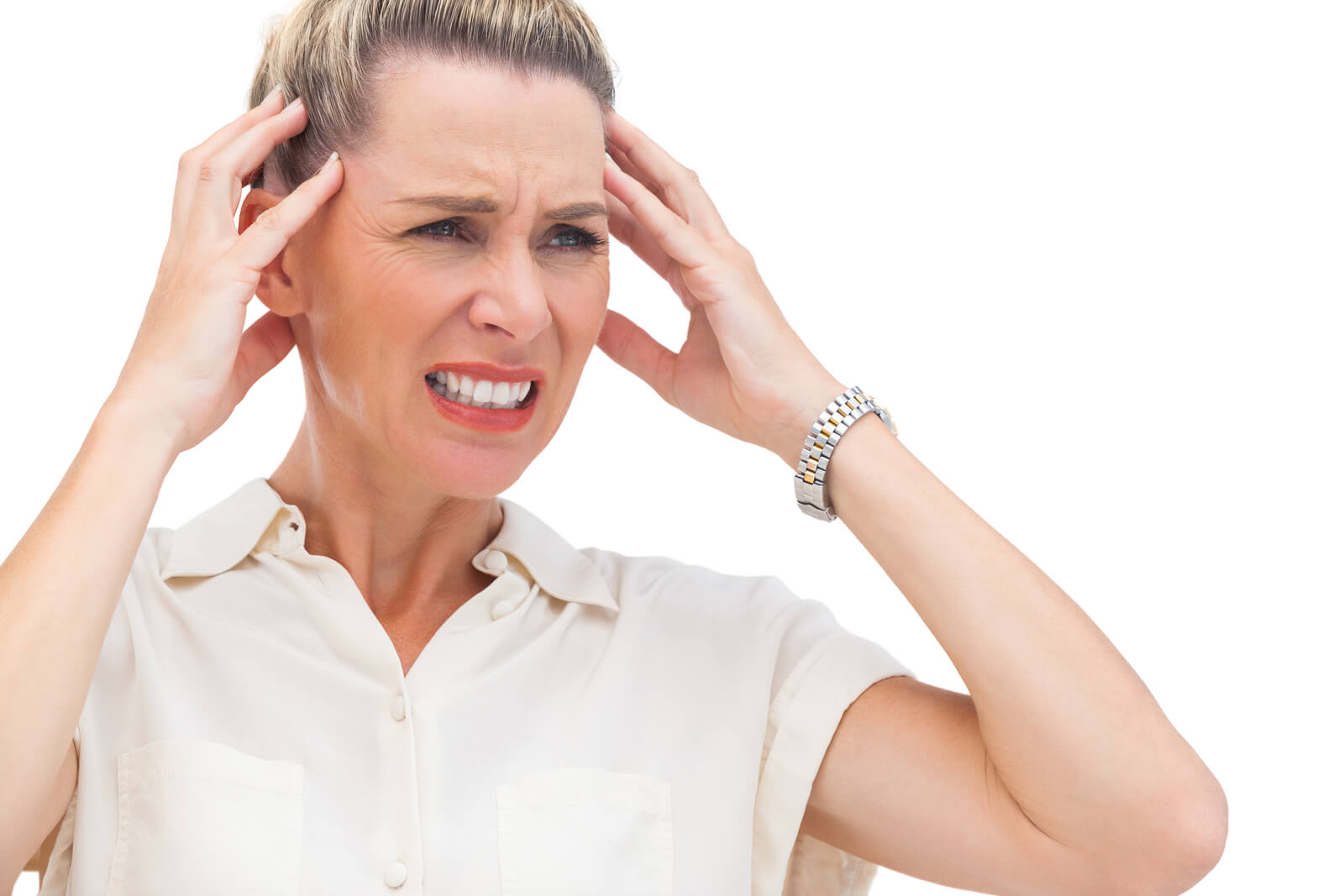
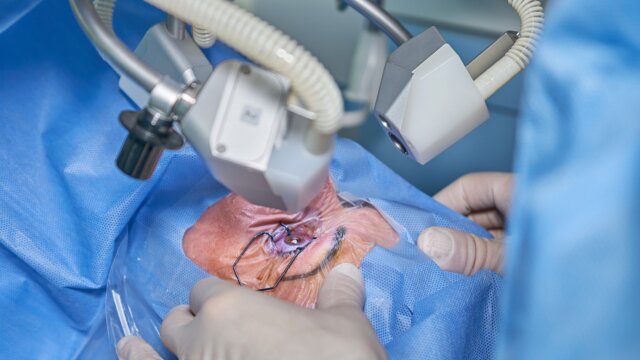
![Aloe vera for Acne: Is Aloe Vera good for acne? [Ultimate Guide]](https://healthyious.com/wp-content/uploads/2020/01/Aloe-vera-for-Acne-Is-Aloe-Vera-good-for-acne-Ultimate-Guide-640x360.jpg)
